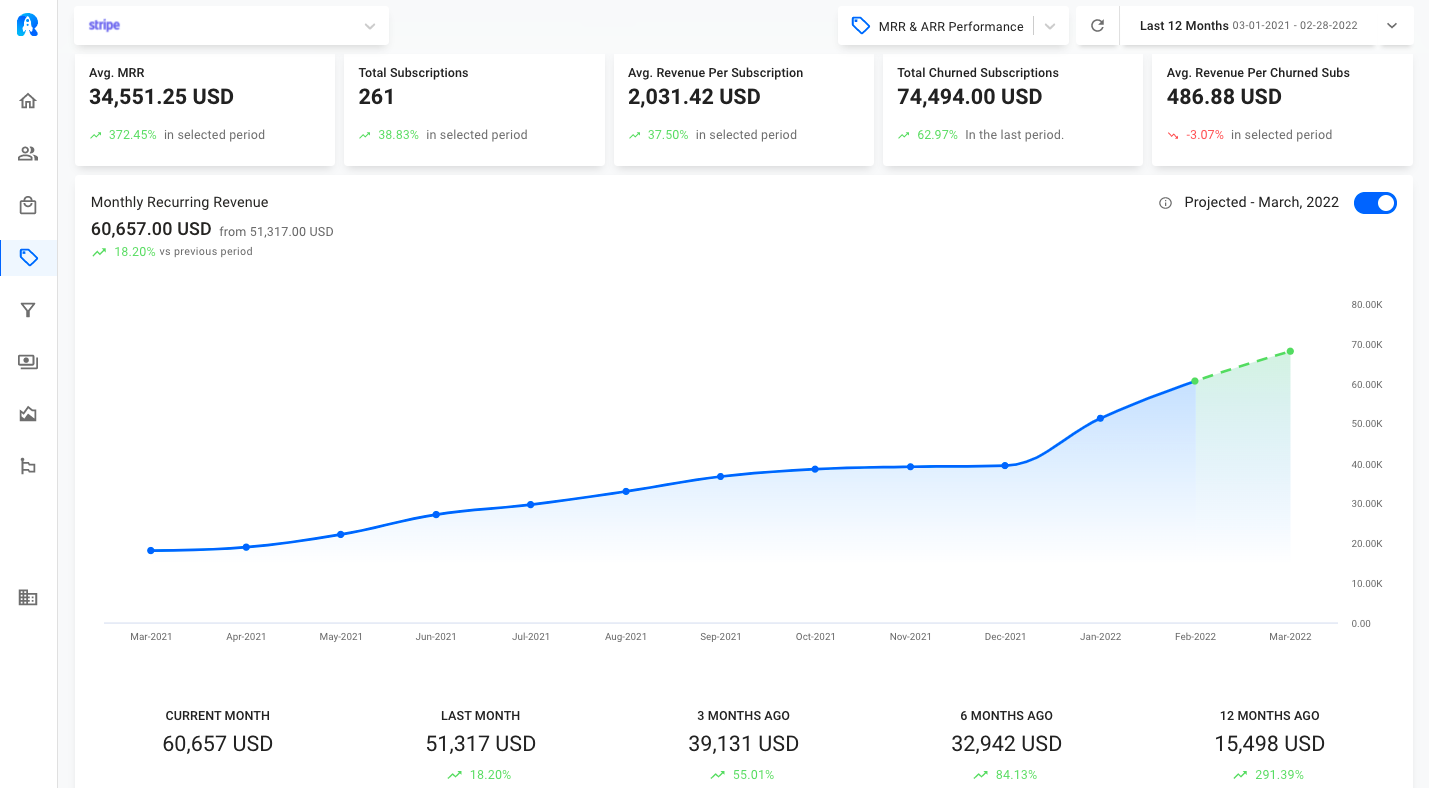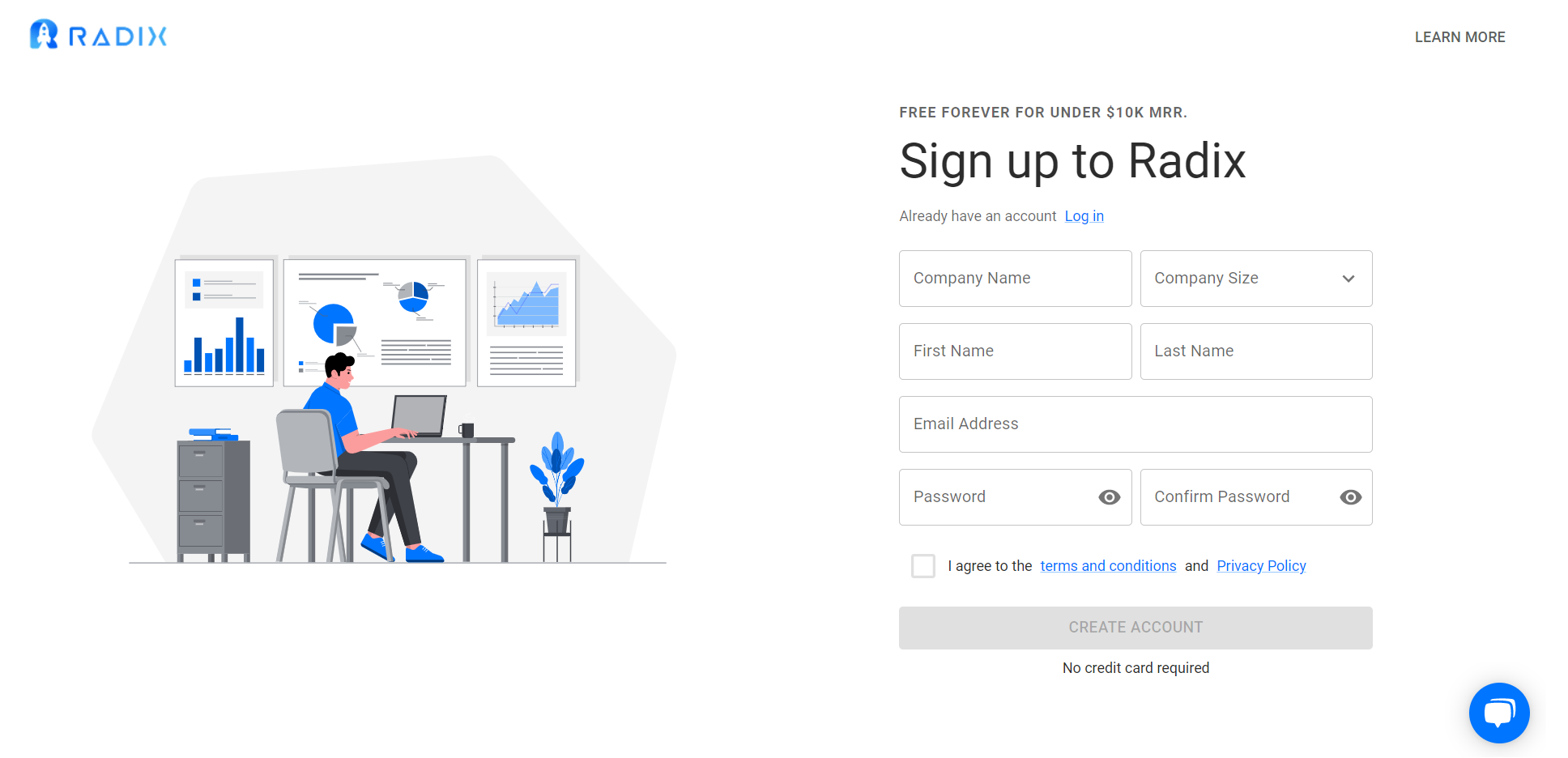Metrics are one of the greatest tools we have in the SaaS Industry. SaaS Metrics allow us to truly understand our users and the impact the changes we make to our products will have on their experience. And when it comes to SaaS metrics, there are infinite numbers we can track. But what is important? We don’t want to waste time tracking data that won’t drive business results, but at the same time, we want to ensure we’re tracking enough data so that when that moment of truth hits, we’ll have enough information to make educated decisions.
The problem is that there’s no one-size-fits-all answer to what metrics are important. The right SaaS metrics for your business will vary depending on your specific goals and KPIs (key performance indicators). However, there are some common metrics that most companies should be tracking to properly measure the success of their products.
SaaS Metrics: The Key to Develop a 100 % Effective Product Growth Strategy
Product growth is a go-to-market strategy used by a product manager to acquire, activate, convert, and keep customers.
A product-led strategy also translates to a design-led approach, since you must design your product and its onboarding experiences in a way that resonates with your audience and gives value.
Product Growth Importance
Self-service support is becoming increasingly popular among both B2B and B2C customers. Customers learn best by doing things themselves, and product growth allows them to do so.
Self-serve SaaS organizations are the most likely to use a product-led growth approach. You can, however, use product growth even if you aren’t a fully self-serve SaaS company.
User retention and product growth are critical for SaaS businesses. Sustainable product expansion allows you to keep your current customers happy while also acquiring new ones and turning them into loyal ambassadors.
Product trialability is a major driver of product innovation. The easier it is for free trial/freemium users to navigate your product, the more probable it is that they will become paying customers. And product growth can help you do exactly that.
Your product is likely to become popular within your target organizations as it benefits them in achieving their professional objectives.
The Top 10 SaaS Metrics to Track (Radix Edition)
Product growth SaaS metrics enable you to make informed decisions about your growth strategy. These metrics, along with others, might be tracked throughout all phases of the user experience to better understand how customers engage with your product.
The metrics help determine what helps your users and what bothers them. As a result, you may improve user experience by capitalizing on your strengths and eliminating your weaknesses.
Let’s take a look at the top ten product growth KPIs you should monitor as part of your growth product management plan.
- Monthly Recurring Revenue (MRR)
- Customer acquisition cost (CAC)
- The average revenue per user (ARPU)
- Customer lifetime value (CLV)
- Customer churn rate
- The visitor to signup rate
- Activation rate
- Expansion MRR
- Customer retention rate
- NPS score
1) Monthly Recurring Revenue (MRR) – SaaS Metrics
Monthly Recurring Revenue (MRR) is the amount of money you can expect to generate from all of your active subscribers in a given month. It allows you to examine your company’s present financial health while also projecting future earnings.
MRR covers all recurring costs from coupons, discounts, and recurring add-ons but excludes one-time fees.
To calculate MRR, multiply your ARPU by the number of people that have signed up for a plan. The expansion MRR metric is the most essential MRR indicator for measuring product growth.
2) Customer acquisition cost (CAC)
Secondly, we have CAC.
The primary cost of acquiring new customers is the amount spent on sales and marketing efforts. This is known as the client acquisition cost (CAC).
To calculate CAC, sum all of your marketing and sales costs over a specific period (annual or monthly) and divide the total by the number of customers acquired during that time.
CAC may be calculated for all of your marketing and sales operations or just one channel. When marketing managers calculate CAC for each channel, it helps them figure out where they should adjust their marketing budget.
You must also include in the remaining costs, which include:
- Paid Ads
- Sales CRM Software
- Graphic Design
- Marketing Videos
3) The average revenue per user (ARPU)
The average monthly revenue collected per paying client is the average revenue per user (ARPU). SaaS companies generally have many subscription plans, making ARPU even more crucial.
Divide your monthly recurring revenue (MRR) by the number of paying customers to determine ARPU.
Therefore, the average revenue per user reveals how important your customers are to your company.
Many businesses reduce their customer acquisition expenses without considering the amount of revenue their customers may create. Which is preferable? Is it better to spend $10 to get a customer who spends $30 on average or $60 to acquire a user whose ARPU is $300?
Furthermore, ARPU reflects how effective your pricing is. If your ARPU is higher than your medium-price plan, you should consider updating your subscription plans because most of your customers value higher pricing plans.
4) Customer Lifetime Value (CLV)
The customer lifetime value (CLV) is the predicted stream of revenue generated by each paying customer throughout the relationship.
As a result, CLV equals the ratio of overall marketing and sales costs to new customer acquisition.
Along with knowledge from previous and current customers, CLV allows you to forecast the profitability of a new customer.
For example: Company A discovers that their average CLV over three years is $8000. This implies that each customer pays around $2,000 per year. If the sale CRM anticipates 14 new sales each month with an average of 2 churned customers, each new month will generate an additional $24,000 to invest.
As a result, CLV enables you to make informed investment decisions in areas like recruiting, real estate, and marketing.
5) Customer Churn Rate
The customer churn rate is the percentage of customers that abandoned your product or service over a certain period.
You can calculate the churn rate by dividing the number of churned customers throughout the period by the number of customers at the beginning of the period and multiplying the ratio by 100.
You may calculate the churn rate weekly, monthly, or yearly. Nonetheless, most companies compute it on a monthly or annual basis. They both provide the same information since multiplying the monthly churn rate by 12 gives the yearly rate.
There is no such thing as a uniformly excellent churn rate. The churn rate, however, will never be zero.
It’s typical for churn to rise in tandem with the number of customers in your company as it grows. What you must do is ensuring that your revenue grows enough to counteract churn and maintain an acceptable rate.
Actively tracking churn helps to evaluate the health of your company and how happy customers are with your primary offering. If your churn rate remains high, you will need to take action to minimize churn since it is clear that your product has some major issues.
6) The Visitor to Signup Rate
The visitor-to-signup rate compares the number of visitors to your site/app to the number of signups in a certain period.
It is determined by dividing the number of signups by the number of visits to the signup page and multiplying the result by 100.
For SaaS, a decent visitor-to-signup or visitor-to-lead conversion rate is 7%. It contains quality leads from both marketing and sales.
The visitor-to-signup rate helps to evaluate the capacity of your website/app and marketing campaigns to convert visitors. Signup forms, trial buttons, call-to-actions, and pop-up forms are just a few of the ways you may get prospects to sign up for free trials.
Some pages on your site may have greater visitor-to-signup rates than others. As a result, you’d need to figure out which pages and areas of your website your visitors enjoy the most.
7) Activation Rate
Activation occurs when a user engages with your product in a way that fits their requirements while also allowing them to feel its value. Users will not be able to continue their journey with you until they activate, resulting in a loss of potential revenue.
The user activation rate, also known as the product activation rate, is the percentage of users who started a trial and subsequently reached the activation point/milestone.
To calculate the activation rate, divide the number of users who reached the activation point by the number of users who first signed up and multiply the result by 100.
8) Expansion MRR
In Addition, We have Expansion MRR.
Expansion monthly recurring revenue is the amount of money generated by add-ons and upgrades in a single period. Upsells, cross-sells, and add-ons are three methods for increasing your expansion MRR.
The expansion MRR rate quantifies the rate at which your expansion MRR grows. Divide the increment in expansion MRR in a particular month by the expansion MRR at the beginning of that month, and multiply the result by 100.
While gaining new users has a 5 % 20% success rate, selling to an existing customer has a remarkable 60 % -70 % success rate.
Enhancing your expansion MRR helps you in reaching negative churn, which happens when revenue produced from cross-sells, upsells, and add-ons exceed revenue lost due to churn each month.
9) Customer Retention Rate
Customer retention in the SaaS industry refers to the total of all business operations executed to retain long-term customers and make them more profitable.
Customers that use SaaS must make recurrent purchases by renewing their subscriptions regularly. To measure retention, you must first establish a time range, such as one day, one week, or two weeks. The time limit must be determined by your product team based on where returning customers tend to churn.
Customer retention rate is calculated by multiplying the number of paying customers after a given period by the number of paying customers at the beginning of that period by 100.
High retention leads to higher loyalty and word-of-mouth marketing, provides potential for account development, and boosts your customer lifetime value.
10) NPS Score
Finally, The Net Promoter Score (NPS) is a customer loyalty and satisfaction metric that asks customers if they are likely to suggest your product to others (on a scale of 1-10).
The NPS score is calculated by subtracting the percentage of detractors from the percentage of promoters.
Detractors who rate you 6 or below are more likely to churn, but promoters who rate you 9 or 10 are your most devoted customers and supporters. Passives are those that are indifferent to your product but can be converted into promoters.
We propose that you include a qualitative follow-up question in your NPS survey to get the reason for their rating.
Based on the reasons, you may follow up with promoters to make the best use of their loyalty and address opponents’ issues to convert them to promoters.
With Radix you can track & analyze these SaaS Metrics and more:
- Monthly Recurring Revenue (MRR
- The average revenue per user (ARPU)
- Customer churn rate
- (CLV) Customer lifetime value
- Customer retention rate
- Activation rate
- Expansion MRR
- 150+ KPIs
(Not Credit Card Required)

Conclusion: Track & Analyze These SaaS Metrics
In conclusion: Taken together, these 10 SaaS metrics should provide a solid framework for tracking, analyzing, and understanding product growth in SaaS companies. Prioritizing these elements can help companies build sustainable growth and prevent an influx of vanity metrics from leading them astray. The best products are the ones that meet user needs and exceed expectations, which is the real goal of growth.






